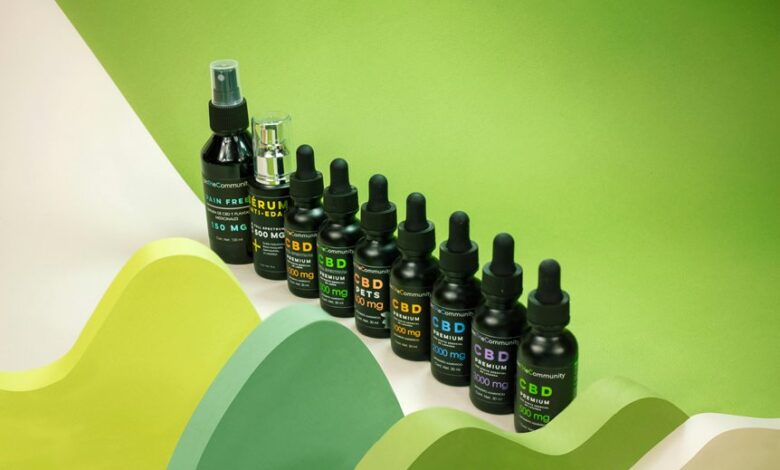What Color Is Cbd Oil

The color of CBD oil can range from clear to dark brown, influenced by various factors. Extraction methods play a significant role in determining this hue. For instance, CO2 extraction typically produces lighter oils, while other methods may result in darker shades. However, color alone does not dictate quality or potency. Exploring these nuances reveals insights into what consumers should consider when evaluating CBD oil options. What do these colors truly signify?
Factors Influencing CBD Oil Color
The color of CBD oil can vary significantly based on several key factors, including the extraction method, the source of the hemp, and the refinement process.
These extraction variables influence the oil's pigment, affecting color perception among consumers.
Darker hues may indicate a less refined product, while lighter tones often suggest higher purity, allowing individuals to make informed choices regarding their wellness journey.
Extraction Methods and Their Impact
Variations in CBD oil color can often be traced back to the extraction methods employed during production.
Different extraction techniques, such as CO2, ethanol, or olive oil, influence both the oil consistency and the resultant color.
For instance, CO2 extraction generally yields a lighter oil, while other methods may produce darker hues, reflecting the presence of various compounds retained during the process.
Understanding Color Variations in CBD Oil
While many consumers may associate CBD oil color with quality, understanding the underlying factors that contribute to these variations is crucial.
The color spectrum of CBD oil ranges from clear to dark brown, influenced by extraction methods, plant genetics, and added carrier oils.
Visual perception plays a role in consumer interpretation, yet these hues do not necessarily correlate with efficacy or safety.
What Color Can Indicate About Quality and Potency
Although color alone cannot determine the quality and potency of CBD oil, specific hues can offer insights into its composition and production process.
Darker colors often indicate a higher concentration of cannabinoids and terpenes, serving as potency clues. Conversely, lighter oils may suggest refinement, impacting flavor and therapeutic value.
Understanding color meanings assists consumers in making informed choices about their CBD products.
Conclusion
In the vast spectrum of CBD oil colors, from the ethereal clarity of sunlight to the deep, enigmatic shades of twilight, consumers are bestowed with a kaleidoscope of choices. While the hues may dazzle the eye, they also cloak a wealth of information about extraction methods and potency. Thus, understanding these color variations is imperative; after all, in the world of CBD oil, the color may be the key that unlocks the hidden treasures of quality and efficacy within each bottle.






